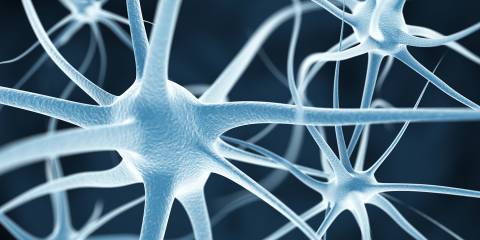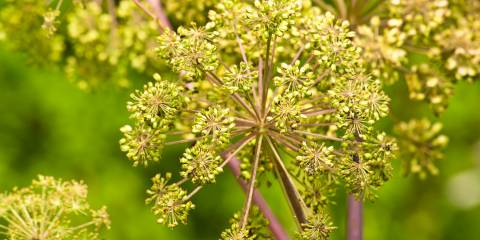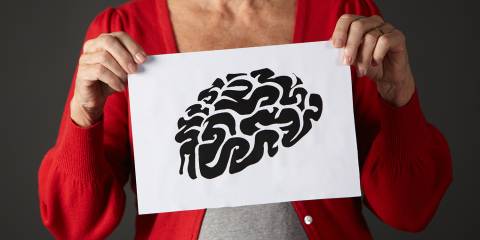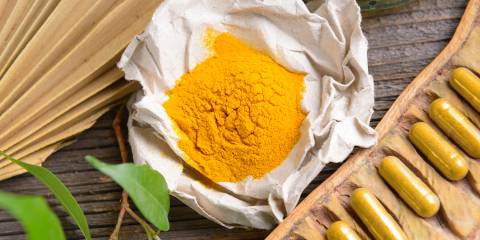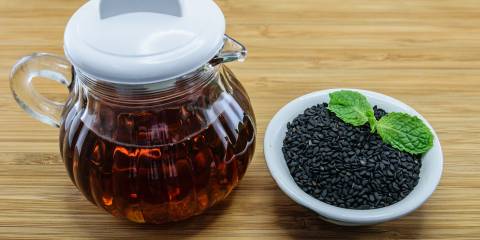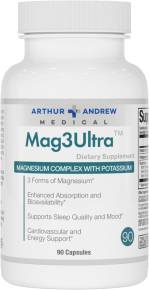Medicine Meets Nature
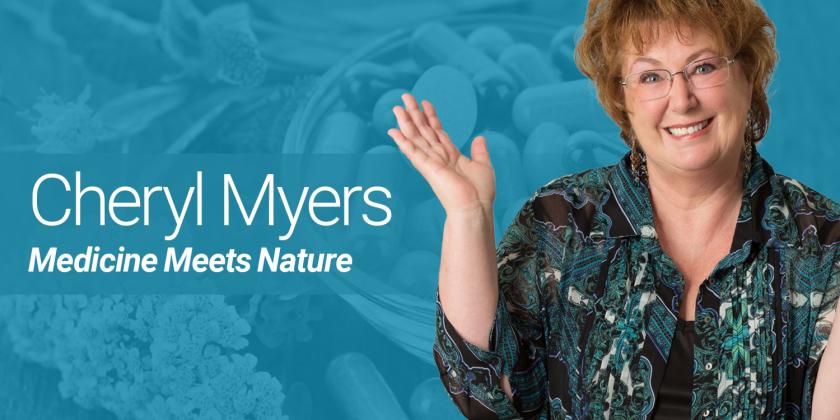
Cheryl Myers, RN, is an integrative health nurse, author, and expert on natural medicine. She is chief of scientific affairs and education for EuroPharma/Terry Naturally. Her research on botanicals has been presented at the American College of Obstetrics and Gynecology and the North American Menopause Society.
Don't Miss a Thing!
Get the latest articles, recipes, and more, when you sign up for the tasteforlife.com newsletter.

